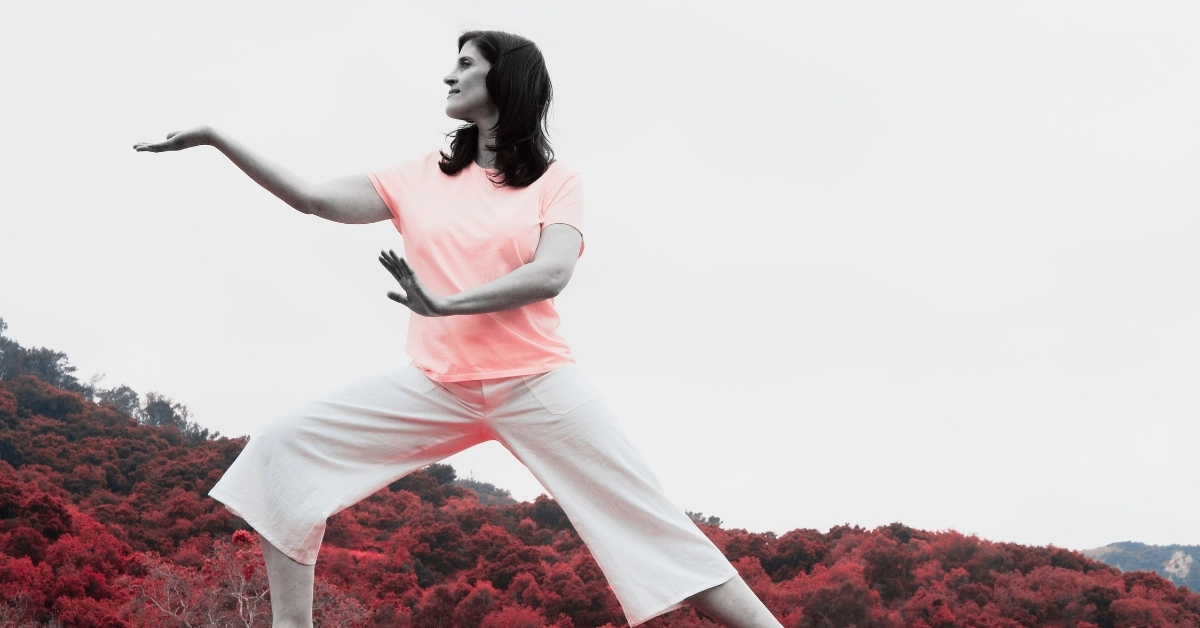Insomnia might feel like your brain is staging a mutiny at 2 a.m.—and statistically, it is. Up to a third of adults experience chronic sleep problems, and while TikTok sleep hacks and lavender sprays have their fans, researchers are pointing to something much simpler: gentle movement.
A new analysis in BMJ Evidence-Based Medicine drew data from 22 randomized controlled trials to determine which low-effort, low-cost exercises were most effective in improving sleep. Yoga, Tai Chi, walking, and jogging came out on top, with some unexpected perks along the way. We added one more that deserves a spot on the list.
Here are five movement-based ways to outsmart your insomnia without needing a gym membership or a wearable that tells you what you already know: you’re tired.
1. Yoga
If your brain is spiraling through every bad decision you’ve made since 2008, try lying on the floor and pretending to be a cat. Yoga’s biggest strength lies in body awareness and breath control—two things that pull you out of panic mode and into something slower.
Research shows that yoga increases GABA, a neurotransmitter that helps quiet the nervous system. It also tones down the amygdala, the part of your brain that loves to catastrophize bedtime.
2. Tai Chi
This isn’t your average martial art. Tai Chi is basically slow-motion movement with a focus on balance and breath. It’s been described as “meditation in motion,” and in this study, it came with some long-haul benefits: improved sleep quality, faster sleep onset, and up to 50 more minutes of rest per night.
Bonus: it’s gentle enough for nearly anyone and doesn’t require spandex or an instructor shouting in your face.
3. Walking
You’ve heard it before, but hear it again—taking a walk might be the best thing you do for your brain today. A simple daily walk boosts melatonin, the hormone your body needs to regulate sleep cycles. It also helps burn off stress and keeps your circadian rhythm in sync with actual daylight.
Morning walks are especially beneficial, but even an after-dinner stroll can be helpful.
4. Jogging
If walking feels too tame and you don’t mind sweating a bit, jogging might give you more bang for your buck. Aside from releasing endorphins, it wears your body out just enough to make rest feel necessary.
You don’t need to run marathons. Just get enough movement to tip the balance away from wired-and-tired mode.
5. Dancing
This one isn’t in the study, but it should be. Dancing raises your heart rate, improves coordination, and helps burn off nervous energy. It also requires full-body engagement, which gets you out of your head and into the music.
And unlike a treadmill, dancing feels like a celebration rather than a punishment. Try ten minutes of movement to your favorite playlist and see if your brain chills out by bedtime.
Insomnia doesn’t always need a pharmaceutical fix. Sometimes, your body needs you to meet it halfway. Maybe throw in a little stretching while you’re at it.
